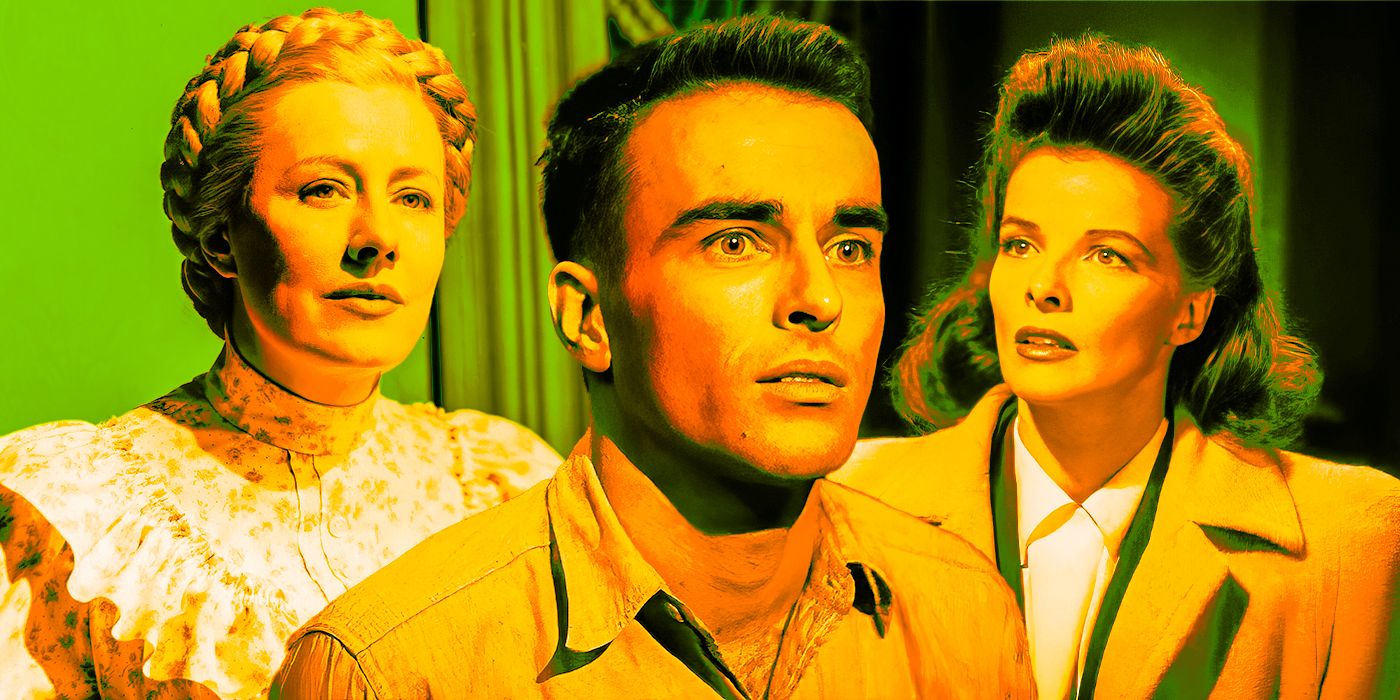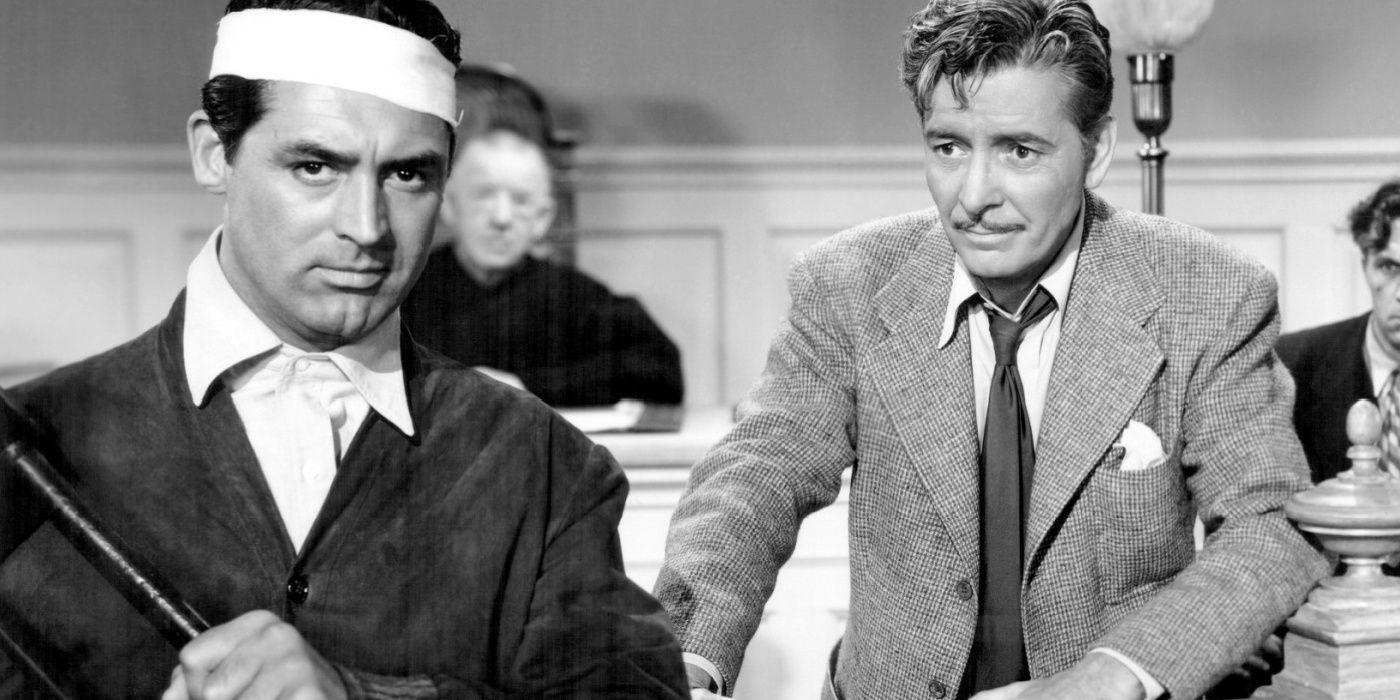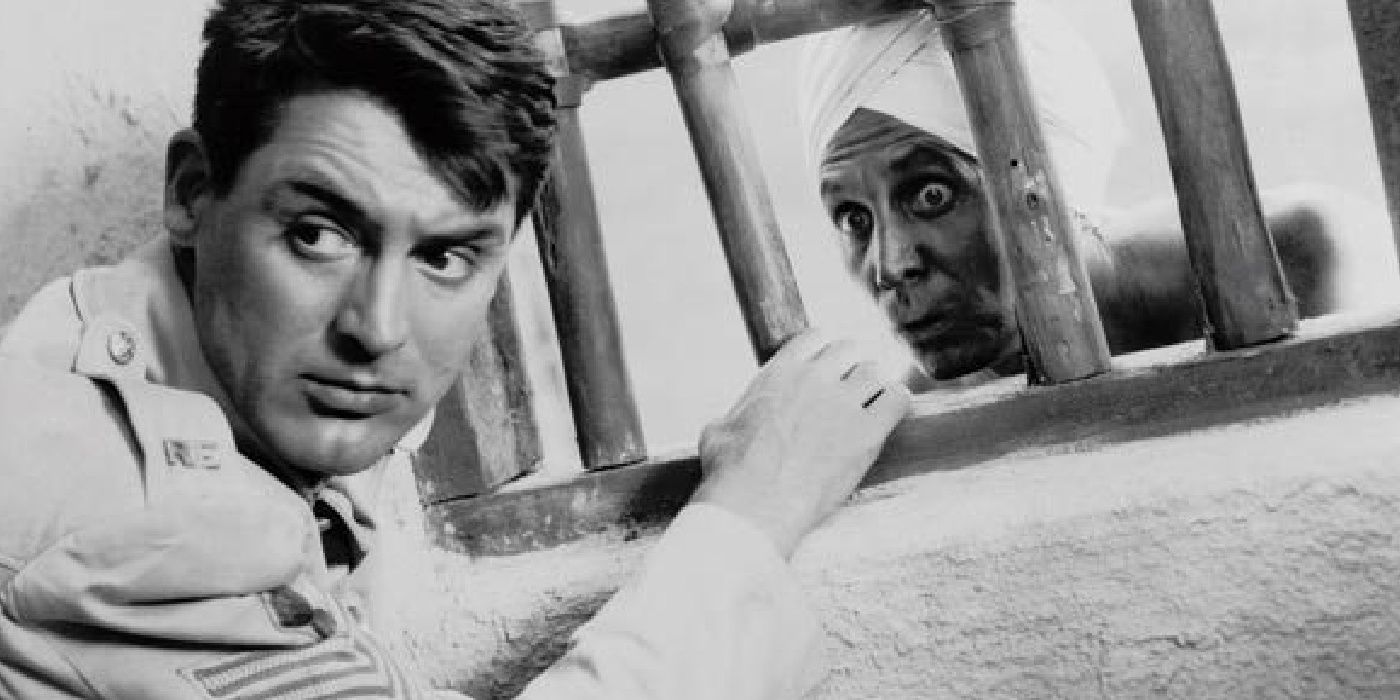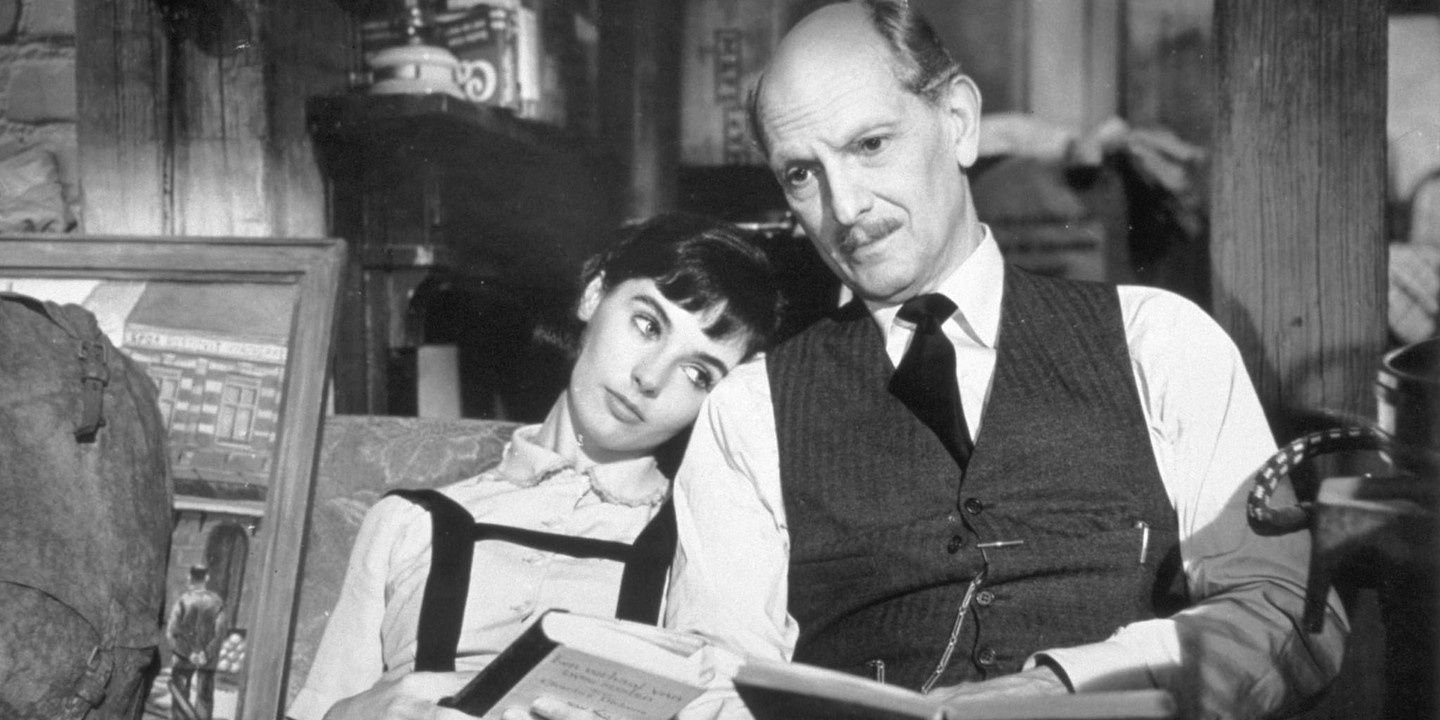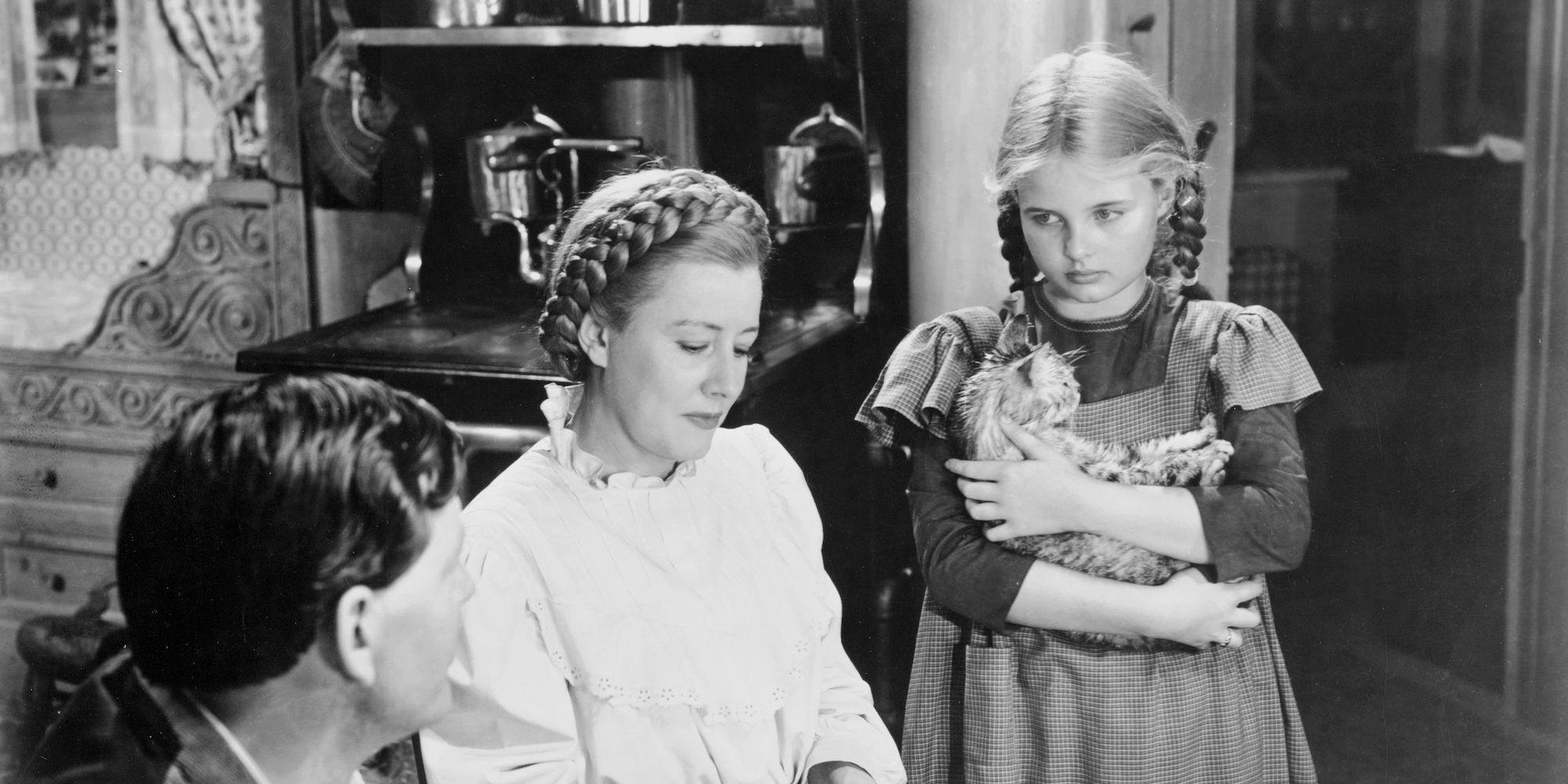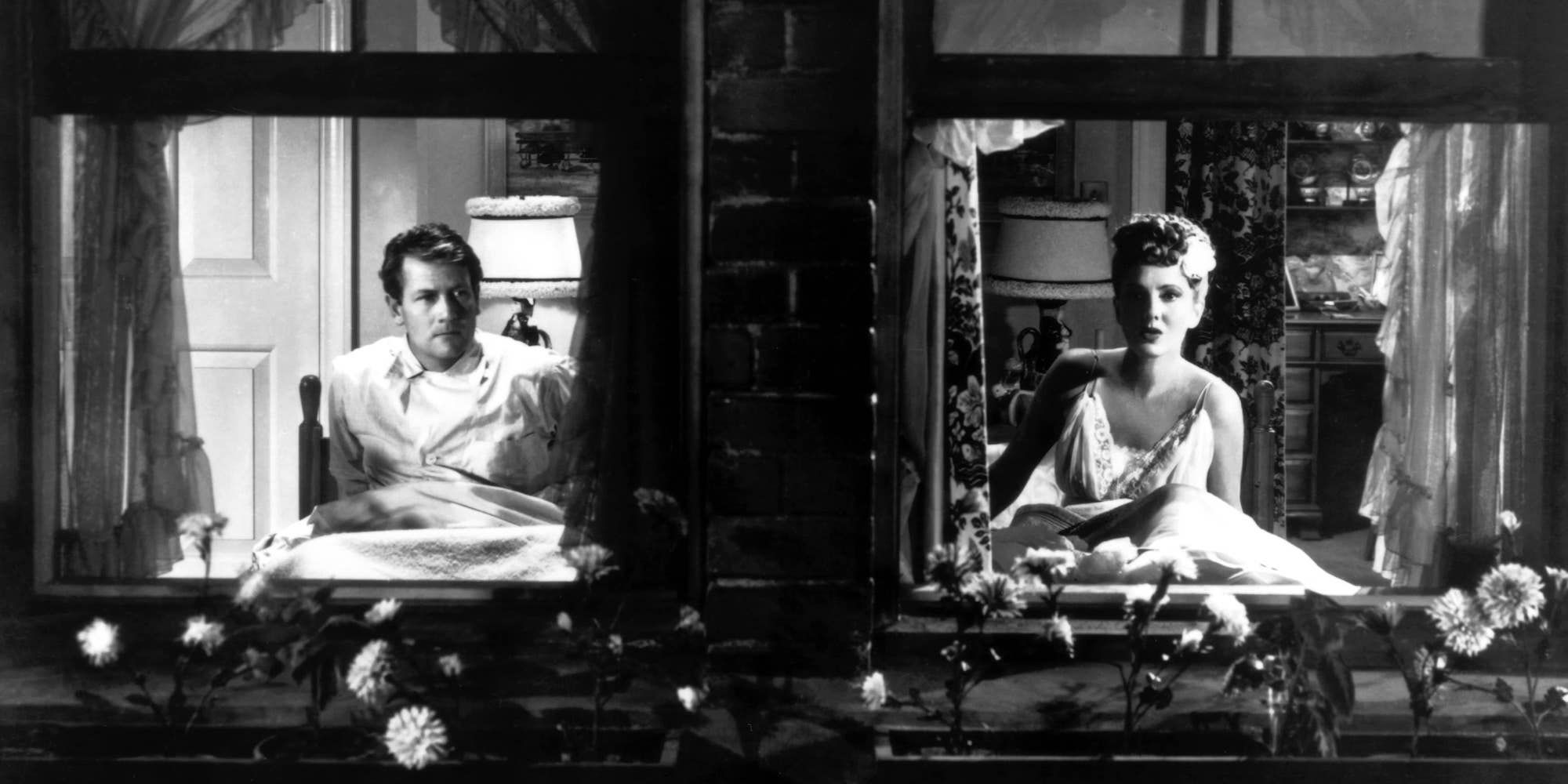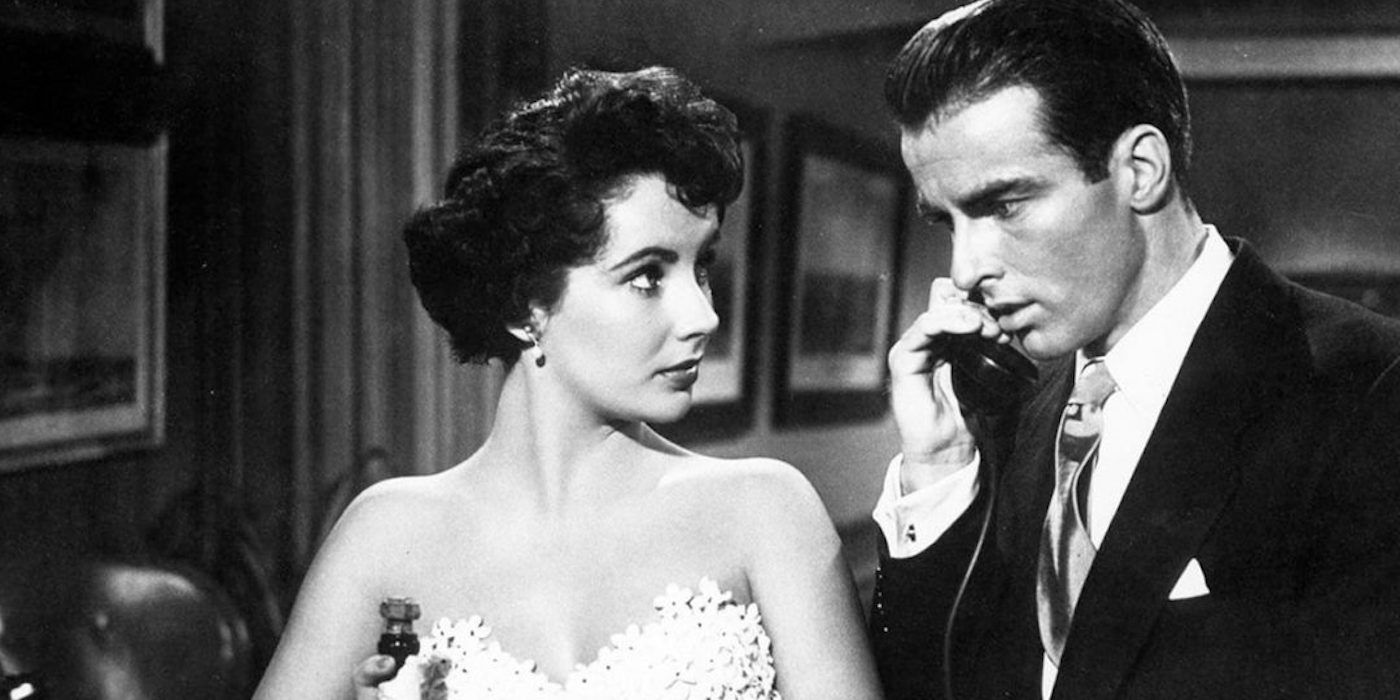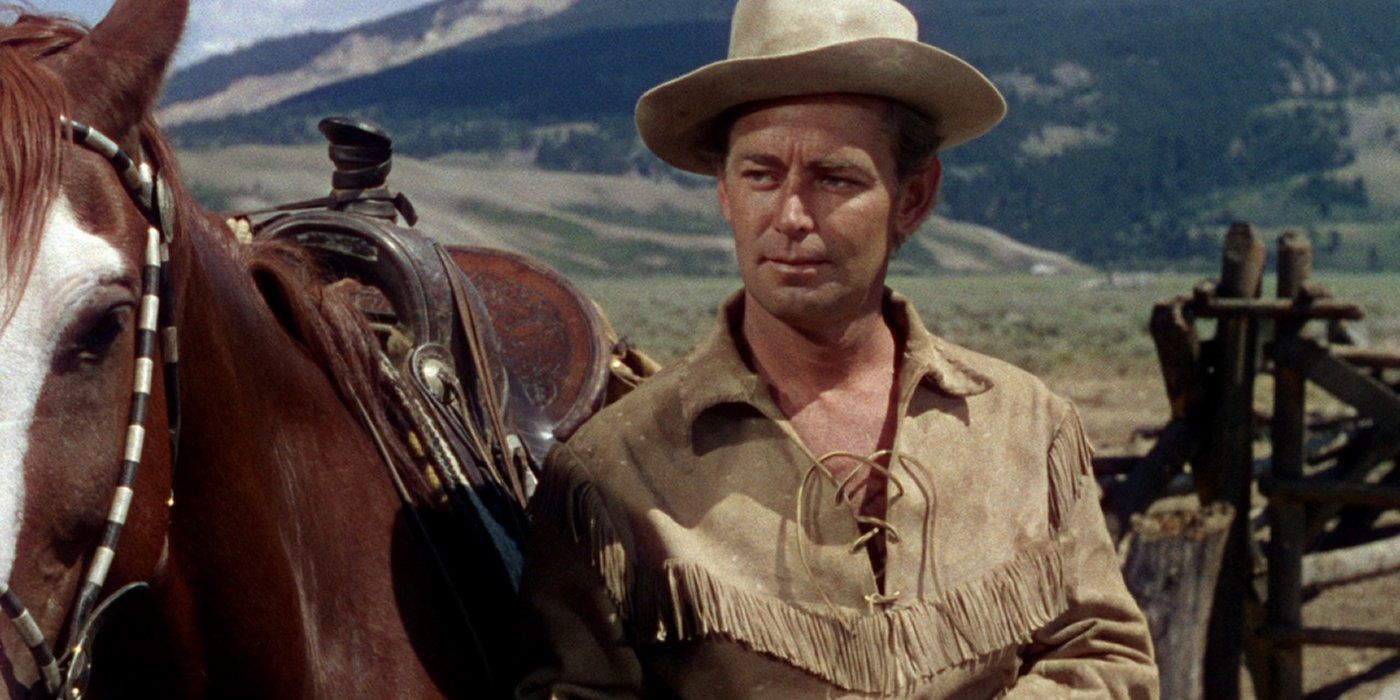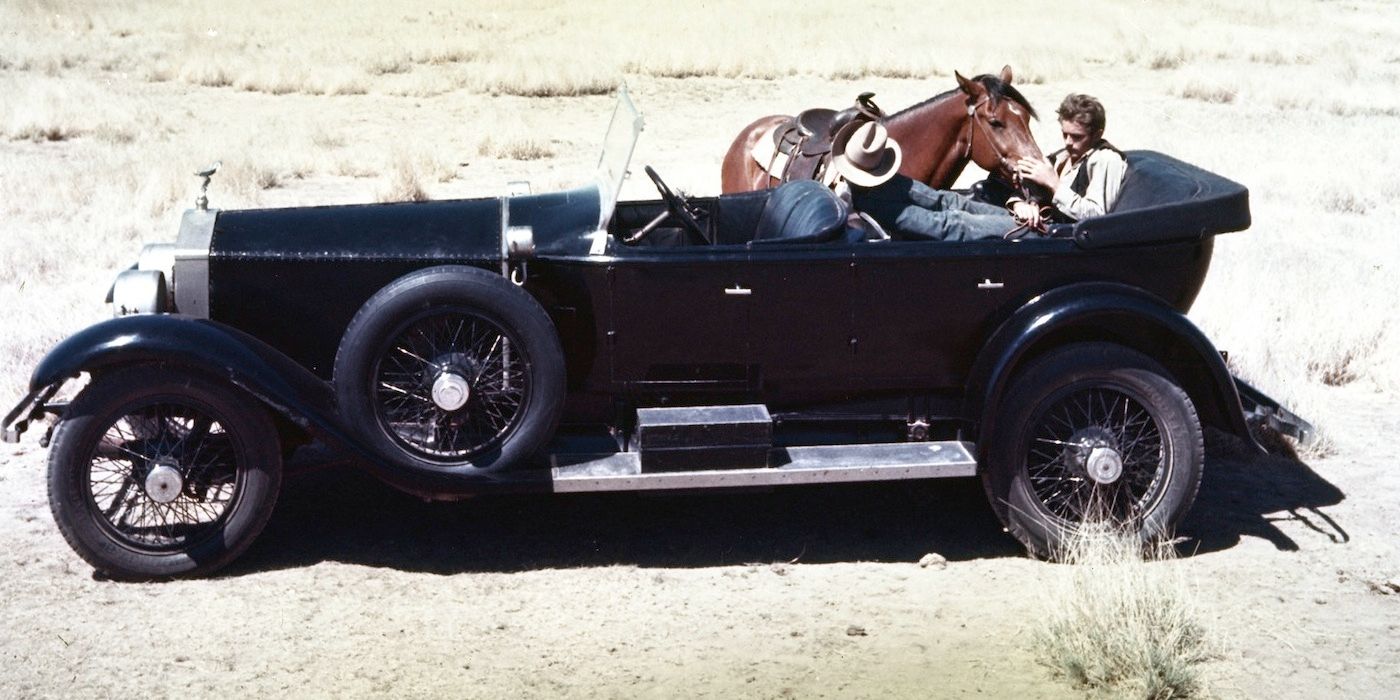Summary
- George Stevens is considered one of the greatest directors of Hollywood’s Golden Age, directing classics in various genres and receiving multiple Oscar nominations and wins.
- Some of Stevens’s best movies, like Vivacious Lady, don’t even make the list of his top 10 due to their slightly lower critical acclaim and lasting impact.
- Movies like Woman of the Year, The Talk of the Town, Gunga Din, The Diary of Anne Frank, I Remember Mama, Swing Time, The More the Merrier, A Place in the Sun, Shane, and Giant are among Stevens’s best and are highly regarded for their performances, themes, and enduring legacy.
Given that George Stevens was one of the greatest directors of Hollywood’s Golden Age, selecting his best movies and ranking them is a difficult task. Stevens came up in the 1930s working on slapstick comedy films for Hal Roach, but he’s known for directing classics in a number of genres, including musicals, rom-coms, adventure flicks, biographical dramas, Westerns, and biblical epics such as 1965’s The Greatest Story Ever Told. Seven of his movies were nominated for Best Picture, and he received five Oscar nominations for Best Director, winning on two occasions. Additionally, six movies he directed were added to the National Film Registry for their historical, cultural, and/or aesthetic significance.
George Stevens is such a celebrated director, with one of the most impressive track records of any filmmaker of his era, that some of his best movies actually just barely miss the list of his top 10. For example, the 1938 rom-com Vivacious Lady could be considered George Stevens’s best movie due to its perfect 100% critic score on Rotten Tomatoes as well as its two Academy Award nominations, yet it doesn’t make the cut here. These movies that rank higher were also unanimously or near-unanimously reviewed positively and have even greater legacies with longer-lasting acclaim and notoriety.
10 Woman Of The Year (1942)
The first of many great pairings of Katharine Hepburn and Spencer Tracy, George Stevens’s Woman of the Year is also one of the best journalism movies of all time. The Oscar-nominated screenplay follows a political affairs columnist and a sportswriter who fall in love despite their many differences. Those opposing traits do lead to trouble in their relationship, however, and the movie concludes with the characters making choices that are debatable as far as whether it’s a happy ending or not. Hepburn, who personally chose Stevens to direct Woman of the Year following their work together on 1935’s Alice Adams, received her fourth Best Actress Oscar nomination for her performance.
9 The Talk Of The Town (1942)
George Stevens’s second movie of 1942 is another romantic comedy, albeit with a dash of seriousness, and this one became the director’s first film nominated for Best Picture. The Talk of the Town stars Cary Grant as a mill worker wrongfully accused of arson and murder. After escaping from jail, he goes into hiding with help from a longtime crush, played by Jean Arthur. However, she also rents out her home to a law professor (Ronald Colman), whose own affection for her results in a love triangle between the three main characters. Added to that is the film’s overarching legal plot, resulting in a well-proportioned mix of drama and laughs.
8 Gunga Din (1939)
Like The Talk of the Town, Gunga Din also ranks as one of Cary Grant’s best movies. The antiquated yet highly influential adaptation of Rudyard Kipling’s poem of the same name sees Grant playing one of three British soldiers (the others are portrayed by Victor McLaglin and Douglas Fairbanks Jr.) in India who partner with the titular water-bearer (Sam Joffee) to fight the murderous Thuggee cult. Despite being one of the highest-grossing movies of 1939, Gunga Din lost money because it was also one of the most expensive films of the time. At least the budget seems to have been well-spent because this epic adventure movie has incredible production value.
7 The Diary Of Anne Frank (1959)
While documenting World War II as head of a film unit for the U.S. Army Signal Corps, George Stevens captured some of the first and most famous images of concentration camps being liberated by Allied soldiers. The experience affected him tremendously, and his personal connection to the Holocaust led to him securing the rights to The Diary of Anne Frank. His adaptation is sensitive and inspiring while still obviously heartwrenching, making it one of the best historical dramas set during World War II. Stevens didn’t win the Oscars he was nominated for, in the Best Picture and Best Director categories, but the movie did receive three other Academy Awards.
6 I Remember Mama (1948)
I Remember Mama is one of George Stevens’s three movies with a 100% critic score on Rotten Tomatoes (the others are Vivacious Lady and The More the Merrier). Based on the play of the same name, itself adapted from the book Mama’s Bank Account, the family drama follows the story of Norwegian immigrants living in San Francisco in the early 1900s. In the titular role, Irene Dunne earned her fifth and final Oscar nomination, her last chance at a win for Best Actress, which she deserved. The movie has the rare distinction of being one of only four films with four Academy Award acting nominations yet no Best Picture nod.
5 Swing Time (1936)
Swing Time came at the peak of Ginger Rogers and Fred Astaire’s iconic screen partnership, and it’s arguably their best film together, challenged only by Top Hat. It’s the sixth of their 10 musicals together and contains some of their most famous dance sequences. These include the fabulously fancy “Waltz in Swing Time” and a glorious number where Astaire, joined by Rogers, proves he’s in no need of a dance instructor. There’s also the Oscar-winning song “The Way You Look Tonight” crooned beautifully by Astaire. A product of its time, the film does unfortunately feature Astaire in blackface for the otherwise loving Bill Robinson tribute of “Bojangles of Harlem.”
4 The More The Merrier (1943)
George Stevens received his first Oscar nomination for Best Director with this entertaining romantic comedy centered around a real issue of its time: the housing shortage caused by World War II. The filmmaker reunited with one of his favorite actresses, Jean Arthur — he was also reportedly her favorite director to work with — and she earned her first and only Academy Award nomination for her performance. The More the Merrier sees her sharing her apartment with two men, one of them older (a hilarious Charles Coburn, who won the Oscar for Best Supporting Actor), the other younger (Joel McCrea), naturally falling in love with the latter, as orchestrated.
3 A Place In The Sun (1951)
Nearly a decade after his first Best Director nomination, George Stevens was recognized again, for A Place in the Sun, and this time he won the Oscar. Based on An American Tragedy, which was both a novel and a play by Theodore Dreiser, the romantic drama stars Montgomery Clift as a man involved with two women, a socialite and a factory worker, played by Elizabeth Taylor and Shelley Winters, respectively. While not as beloved today as it was upon its release, critics still consider A Place in the Sun one of the best American films of all time, and along with Stevens’s honor, the movie won five other Academy Awards.
2 Shane (1953)
George Stevens was again nominated for Best Director and Best Picture for Shane, which is one the greatest Westerns of all time. It follows a familiar story of a mysterious, gunslinging drifter who shows up just in time to aid a family of homesteaders in their conflict against a greedy cattle baron and his gang of thugs. Jean Arthur came out of retirement to work with Stevens again, and she gives a terrific final film performance, even though the movie is mostly remembered for Alan Ladd’s titular lead, Jack Palance’s cruel villain, and Brandon deWilde as the little boy who looks up to Shane and delivers the heartbreaking final line.
1 Giant (1956)
Mostly known for being James Dean’s third and final leading film role before he died, Giant also deserves to be recognized as George Stevens’s best movie. The epic drama is among the longest Hollywood movies ever, yet it’s captivating the whole way through as it follows a narrative across many decades, beginning in the mid-’20s. Giant also stars Rock Hudson and Elizabeth Taylor as a Texas rancher and his new bride, the latter a socialite from Baltimore who initially seems like a fish out of water. Dean plays Jett, their ranch hand who comes into a plot of his own and then strikes it rich when he discovers oil there.
Stevens won his second Best Director Oscar for the film — the only success among Giant‘s 10 nominations, including those for Best Picture and two for Best Supporting Actor, including a posthumous recognition of Dean’s performance. Based on Edna Ferber’s novel of the same name, the film was progressive for its time, dealing with issues of racism and featuring such a feminist character at its center, and its story and themes still hold up today. In addition to being received positively by critics, Giant was a huge box office hit for Warner Bros. and remained the studio’s highest-grossing movie until the release of Superman 22 years later.
This story originally appeared on Screenrant

